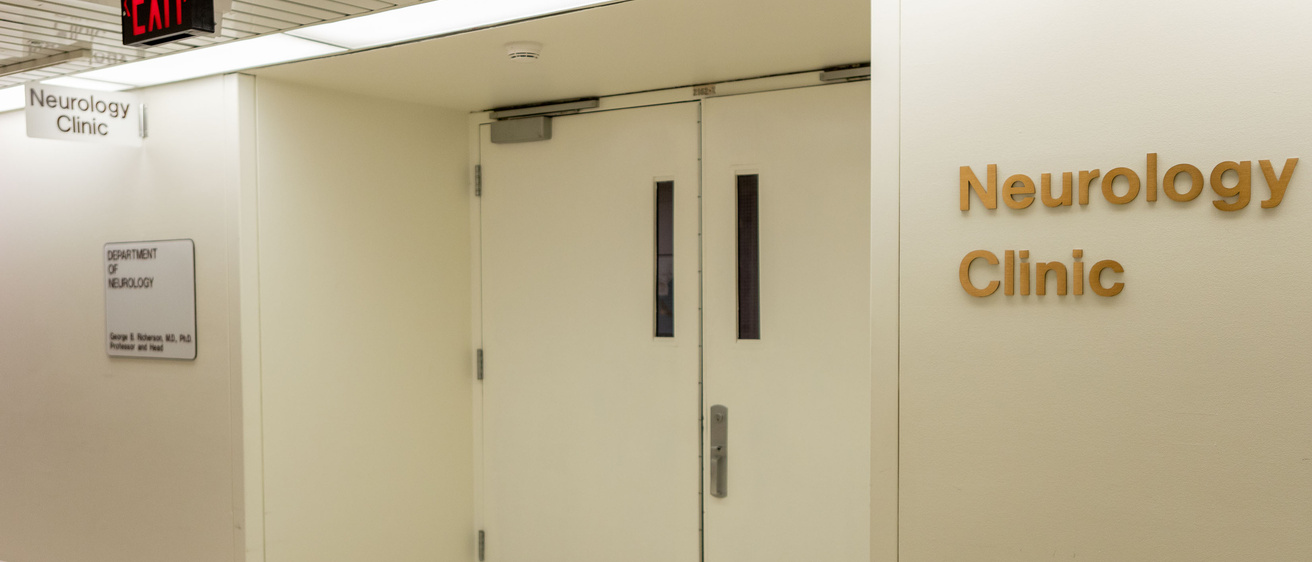Main navigation
Clinical
The Vascular Neurology Fellowship alternates inpatient rotations with outpatient care and electives.
Block Diagram
The block diagram is a representation of the rotation schedule for our fellows in a given year. It offers information on the type, location, length, and variety of rotations for that year.
Schedule (EXAMPLE)
We strive to provide fellows a balanced educational experience that will successfully prepare them for independent clinical practice and board certification in Vascular Neurology.
In addition to core rotations, fellows may request time for elective experiences in several fields:
- Palliative Care
- Neurointerventional Surgery
- Neuroradiology
- Surgical and Neurocritical Care Unit
- Echocardiography
- Cardiovascular Intensive Care
We will work to customize the fellow’s experience to align with their goals for future clinical practice after fellowship.
Core Rotations
Stroke Services
There are two stroke services. Stroke 1 = manages the inpatient strokes. Stroke 2 = manages consults, inpatient code strokes and daily ER admissions as well as outpatient transfers. Each stroke service is staffed with an attending an several neurology residents. This system decongests the services and allows time for teaching and proper patient care.
The main rotation is the inpatient stroke service. The fellow attends the service an average of 4-5 months a year. During that time, the stroke fellow serves as a link between the stroke attending and the senior and Junior neurology residents. Patients are admitted to the dedicated stroke unit, as well as in the surgical and neuroscience intensive care unit (SNICU). Rather than a hands-on patient experience, the fellow’s role is to supervise the work of the neurology residents. The stroke attending gives gradual autonomy to the fellow, which includes leading stroke round and code stroke activations. The goal is to prepare the fellow for successfully managing an academic or private practice stroke service.
Neurointerventional Surgery
Adult neurointerventional continuity clinic with exposure to different endovascular procedures, management of patients post mechanical thrombectomy and familiarize with the
management of patients post aneurysm or arteriovenous malformation treatment. Review of detailed neuro‐angiographic studies. Discuss the assessment and plan post‐treatment of neurointerventional patients. Manage and treat aneurysmal subarachnoid hemorrhage.
Neurosurgery
Round with the neurosurgery team and learn about the management of patients after traumatic brain injury or tumor resection.
Additional Training
Elective Rotations
The fellows are exposed to several electives. One of the goals of the fellowship is accommodate the schedule to best suit the needs of the fellow. Every individual has specific interests that could be addressed through elective time. The program will support any initiative that the fellow has to improve his/her learning experience. Current possible electives include: Echo, CVICU, neurosurgery, palliative medicine, rehabilitation, among others.
- Neuroradiology: Round with the neuroradiology team and learn about reading images and the management of patients after traumatic brain injury.
- Palliative: Learn about palliative care, discuss with patient and families about palliative care treatments.
- Echo: Discuss echo cases with the cardiology attending. Shadow the echo tech and learn how trans‐thoracic and trans‐esophageal echos are performed.
- Rehab: Learn about the rehabilitation therapies of stroke patients. Learn how to administer Botox.
- Self-study/Research: Study or Research conducted under mentorship with approved outlined goals and plan.
- Core rotations: Stroke Service 1, Stroke Service 2, Neurointerventional Surgery, and Neurosurgery. Descriptions for these rotations can be found under core rotations.
Dedicated Critical Care Experience
The stroke fellow attends the SNICU average of 1-2 months a year. The cerebrovascular patients admitted to the SNICU are dually managed by anesthesiologists with neurocritical care training, and by the Vascular Neurology attending. There is no mandatory ICU rotation, however, the fellow becomes proficient in managing critically ill patients during his/her stroke rotations. There is extensive exposure to hemorrhagic and subarachnoid disease since the fellow rotates with the Neurointerventional Team who manages these patients on daily basis. The fellow may rotate electively in the ICU or with the neurosurgical team.
Outpatient Cerebrovascular Clinics
Stroke fellows will acquire ample experience in the outpatient management of complex cerebrovascular cases and determining best strategies for stroke prevention through clinics that are supervised and staffed by a vascular neurologist. Fellows do a ½ day clinic during their elective or secondary stroke 2 week.
Stroke Call
Stroke fellows get exposure to code strokes and telemedicine stroke consultations throughout the whole fellowship. The stroke call frequency is higher during the inpatient stroke months. There is gradual autonomy with constant stroke attending support. The goal is to be comfortable taking stroke call in a busy academic or private institution.
